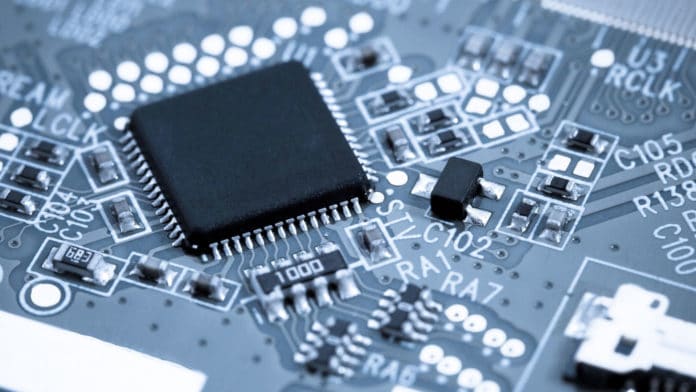The electronics industry for computers grows hand-in-hand with the decrease in the size of integrated circuits. Despite being essential to increase computational power, miniaturization becomes challenging. A possible alternative to this is using magnetism, which can keep the development of both cheaper and more powerful computers.
A new discovery is not a direct recipe for making a computer-based on magnetism. Instead, scientists from the Niels Bohr Institute (NBI), University of Copenhagen disclosed a fundamental magnetic property that one can control to design computers based on magnetism. The discovery could lead to the developing of a new generation of more powerful and less hot computers.
Computer functions by sending a tiny electric current through a microchip. Besides transporting information, the current can also contribute to heating the chip. Tightly packing several components can also lead to a heating problem. This is one of the reasons why we have reached the limit for how much you can shrink the components. A computer-based on magnetism would avoid the problem of overheating.
Kim Lefmann explains, “It is well established that one can move the position of the domain wall by applying a magnetic field. Initially, the wall will react similarly to a physical object subjected to gravity and accelerates until it impacts the surface below. However, other laws apply to the quantum world.”
“At the quantum level, particles are not only objects, but they are also waves. This applies to a quasi-particle such as a domain wall as well. The wave properties imply that the acceleration is slowed down as the wall interacts with atoms in the surroundings. Soon, the acceleration will stop totally, and the position of the wall will start to oscillate.”
Electrons follow a similar phenomenon. In this case, it is known as Bloch oscillations. In 1996, Swiss theoretical physicists suggested that a parallel to Bloch oscillations exists. Now, scientists confirmed that hypothesis by studying the movement of domain walls in the magnetic material CoCl2 ∙ 2D2O.
Kim Lefmann said, “We have known for a long time that it would be possible to verify the hypothesis, but we also understood that it would require access to neutron sources. Uniquely, neutrons react to magnetic fields despite not being electrically charged. This makes them ideal for magnetic studies.”
Neutron sources are large-scale scientific instruments. There are only some twenty facilities that exist globally. Also, the competition for beam time is fierce.
Scientists in this study managed to get enough data to satisfy the Nature Communications editors.
Lefmann said, “We have had beam time at NIST in the USA and ILL in France, respectively. Fortunately, the conditions for magnetic research will improve greatly as the ESS (European Spallation Source, ed.) becomes operational in Lund, Sweden. Not just will our chances for beam time become better since Denmark is a co-owner of the facility. The quality of the results will become roughly 100 times better because the ESS will be a potent neutron source.”
“To clarify, even though quantum mechanics is involved, a computer-based on magnetism would not be a type of quantum computer:”
“In the future, quantum computers are expected to be able to tackle extremely complicated tasks. But even then, we will still need conventional computers for more ordinary computing. This is where computers based on magnetism might become relevant alternatives as better than current computers.”
Journal Reference:
- Hansen, U.B., Syljuåsen, O.F., Jensen, J. et al. Magnetic Bloch oscillations and domain wall dynamics in a near-Ising ferromagnetic chain. Nat Commun 13, 2547 (2022). DOI: 10.1038/s41467-022-29854-9
